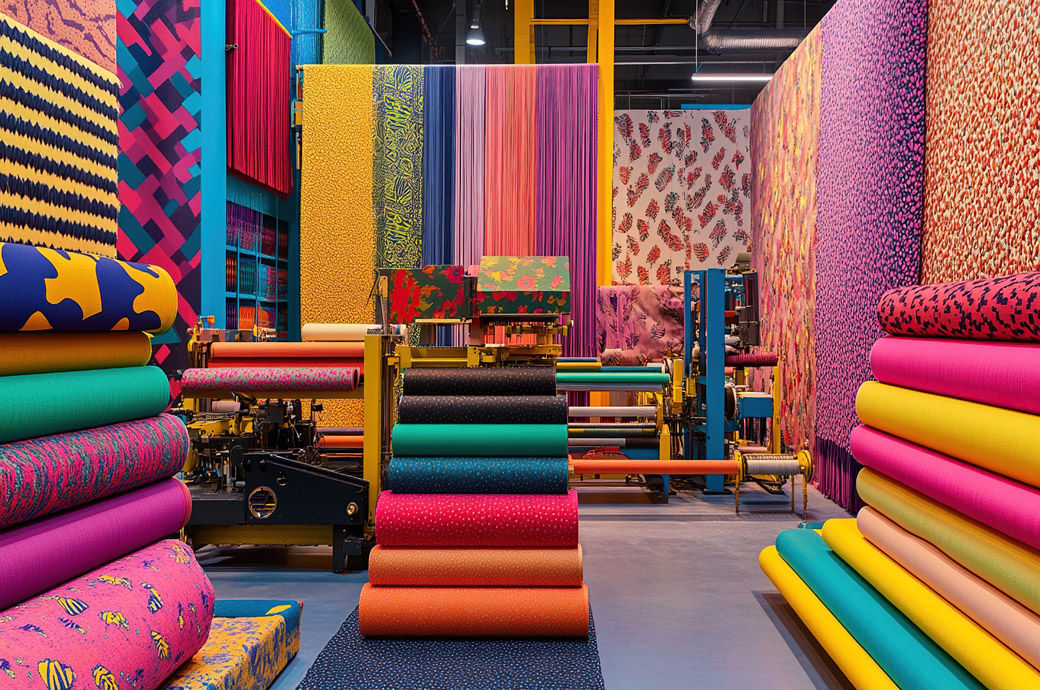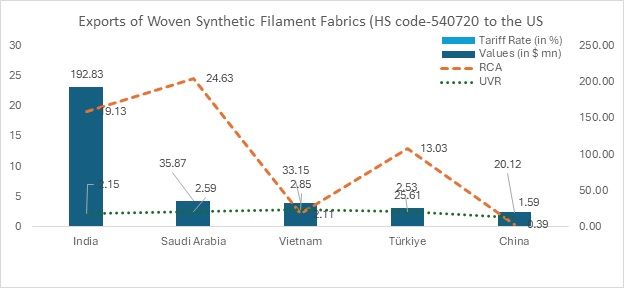
Table 1: Key observations on HS-540720- woven synthetic filament fabrics in 2024

Source: TradeMap and F2F Analysis
Note: RCA - Revealed Comparative Advantage, UVR - Unit Value Realisation and LPI - Logistic Performance Index

Trade Overview
India stands as the dominant exporter of woven synthetic filament fabrics, followed by Saudi Arabia, Vietnam, Turkiye, and China. Below is an overview of the top five exporting countries and their trade performance in this category.
India: The leading exporter
India holds the top position in global exports of woven synthetic filament fabrics, with a significant value of $192.833 million. Its competitive pricing of $2.15 per kg and well-established textile infrastructure have allowed it to dominate this segment. The country’s robust production capabilities, supported by government incentives like the Production-Linked Incentive (PLI) scheme, contribute to its leadership in the market.
Saudi Arabia: High-value exports
Saudi Arabia ranks second, exporting $35.872 million of these fabrics. Despite a lower export volume compared to India, the country's average price per kg stands at $2.59, reflecting higher value-added products or premium synthetic fabrics. Saudi Arabia's growing investments in petrochemical-based textile manufacturing have further enhanced its competitive edge.
Saudi Arabia has the same LPI, indicating equal efficiency in exporting goods worldwide. However, Saudi Arabia would need to continue focusing on specialising in synthetic filament fabrics given its high RCA.
Vietnam: A rising exporter
Vietnam is emerging as a strong player in the woven synthetic filament fabric segment, exporting $33.146 million to the US. The country’s strategic trade agreements, including the Comprehensive and Progressive Agreement for Trans-Pacific Partnership (CPTPP) , contribute to its competitive pricing of $2.85 per kg—the highest among the top five exporters to the US—which may be due to the supply of high-quality materials.
Turkiye: A strong regional player
Turkiye has maintained a steady position in global textile exports, shipping $25.614 million of these fabrics. With a price of $2.53 per kilogram, Turkiye benefits from its specialization in the textile especially in the US market and its strong textile manufacturing base, enabling it to cater efficiently to both domestic and international demand.
China: A price-competitive supplier
China remains a key player in the synthetic filament fabric trade, exporting $20.122 million. However, its pricing is the lowest among the top five at $1.59 per kg. The country’s dominance in synthetic fibre production, combined with large-scale manufacturing and economies of scale, enables it to offer competitive prices globally.
However, the imposition of a 10 per cent additional duty on the product will erode China’s competitiveness, allowing India to capitalise on its strong production base and free market access to the US. Additionally, value-added services such as sustainable and high-performance fabrics will provide India with a further competitive advantage.
Outlook
Shifts in global demand: The rising demand for sustainable and high-performance synthetic fabrics is reshaping trade patterns, encouraging exporters to focus on eco-friendly production techniques.
Trade policies and FTAs: Countries with favourable trade agreements, such as Vietnam and Turkiye, are likely to benefit from reduced tariffs and expanded market access.
Innovation and value addition: To remain competitive, exporters are investing in value-added products such as functional textiles, fire-retardant fabrics, and moisture-wicking synthetics.
Sustainability Initiatives: India and Turkiye are increasingly focusing on green manufacturing processes to align with global sustainability goals.
Conclusion
The export trade of HS 540720 woven synthetic filament fabrics to the US is driven by competitive pricing, production capabilities, and trade policies. India remains the top exporter, leveraging its strong textile infrastructure, while Vietnam and Saudi Arabia are emerging as key contenders with high-value and strategically positioned trade networks. As sustainability and innovation take centre stage, the industry is expected to witness continued shifts in market dynamics and trade flows.
ALCHEMPro News Desk (NS)
Receive daily prices and market insights straight to your inbox. Subscribe to AlchemPro Weekly!